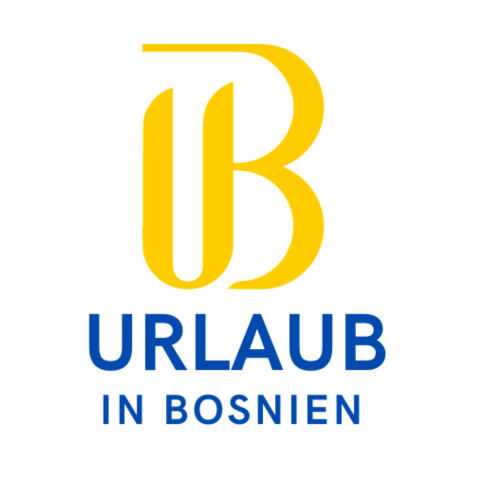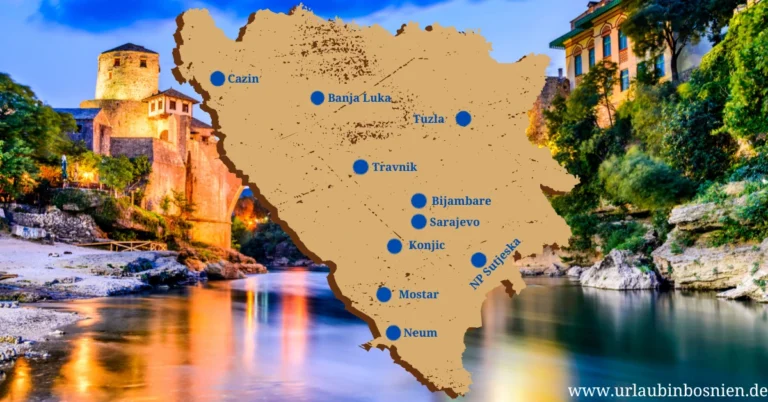The sights of Mostar
Due to the many attractions in Mostar, Conde Nast Traveler magazine has named it one of the most beautiful European cities that are unfairly overlooked on tourist maps. How should I describe Mostar to you? Well, its mix of Ottoman, Austro-Hungarian and Mediterranean architecture, as well as its rich history and vibrant culture, make it a fascinating destination.
Train ride to Mostar
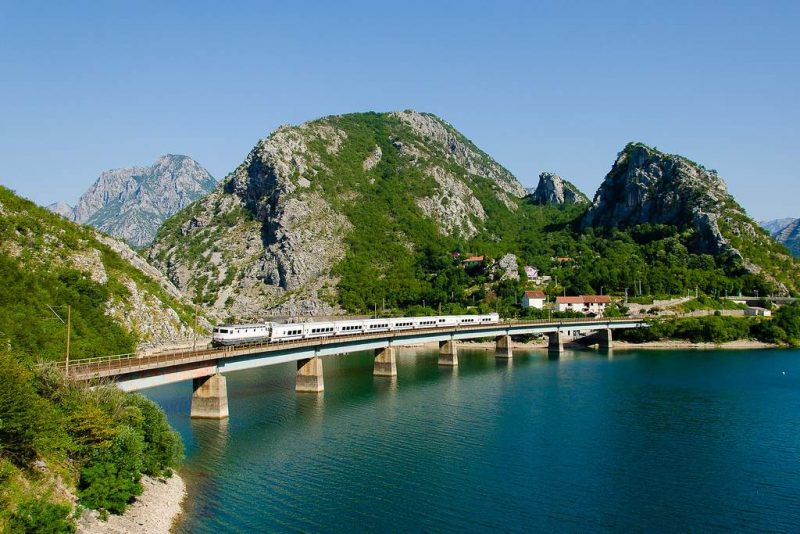
If you are staying in Sarajevo and want to visit Mostar, I can wholeheartedly recommend taking the train. This train journey is one of the most beautiful in Europe. It passes through stunning scenery and offers a leisurely journey between two of the most fascinating cities in my home country. It is a feast for the eyes.
The route winds along the narrow valley of the Neretva River, offering ever-changing views of everything from rocky peaks and deep forests to charming towns and lush meadows.
The railway line itself is a masterpiece of engineering, crossing rising viaducts and through many tunnels, providing an amazing experience. For general tips on travelling to my home country, see one of my previous posts, where I wrote in more detail about transportation, accommodation and more.
The train leaves Sarajevo around 7am and returns from Mostar to Sarajevo around 5pm, giving you plenty of time to see the sights in Mostar. If you choose this trip, here is a link to a Website with train timetablesAnother alternative would be the bus, but this trip is not as comfortable and beautiful, however there are more options as buses run more frequently.
Mostar Sights around the old town
Old Bridge and Museum
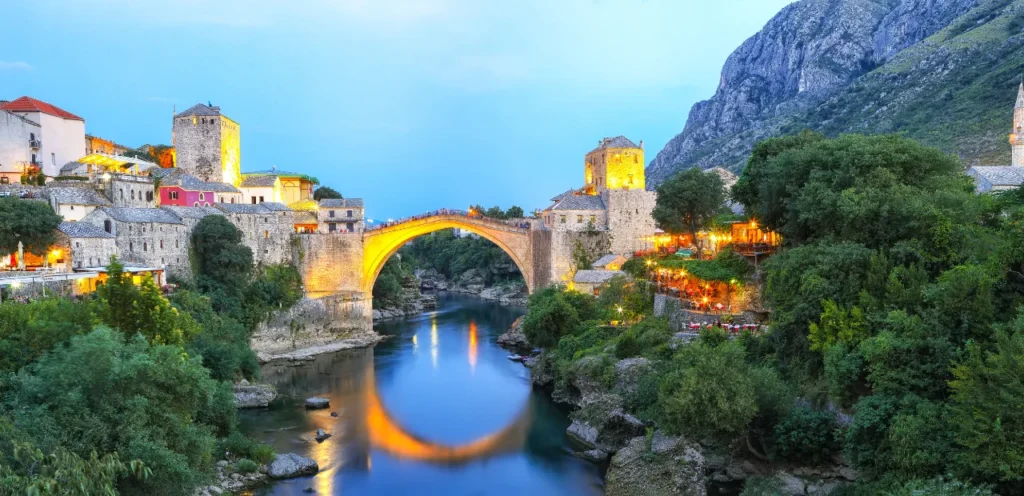
The conflict of the 1990s destroyed much of the historic city and the Old Bridge, which was a masterpiece of the famous architect Mimar Hajruddin (based on designs by his mentor, the great Mimar Sinan). The Old Bridge was rebuilt in 2004, as were many of the buildings in the Old Town, which were restored or rebuilt with the help of an international committee set up by UNESCO. The Old Bridge is arguably the most important sight in Mostar.
The Old Bridge area features a mix of pre-Ottoman, Eastern Ottoman, Mediterranean and Western European architecture and is a great example of a multicultural urban area. The rebuilt Old Bridge and the Old Town of Mostar today stand as symbols of reconciliation, international cooperation and coexistence of different cultural, ethnic and religious communities.
The reconstruction of the Old Bridge was extremely detailed and well documented. Authentic materials and techniques were used to make it look like the original, but no attempt was made to hide the fact that it was reconstructed. The original parts that remained are now on display in a museum, which is of course interesting because it connects the new bridge with its history. The physical reconstruction of the bridge is just one part of the whole, bringing back the whole atmosphere and significance of the place.
Two towers may be of interest to you. The first is the Tara Tower on the eastern bank, which is semi-circular and was used to store ammunition during the Ottoman Empire. Today it is the Old Bridge Museum. The second is the Halebija Tower, the lower floors of which used to be a prison and the upper floors were used for guards.
Another interesting part of the modern bridge history is the extreme jumps from the bridge. If you are lucky, you can see such a jump during your visit, or you can simply pay for someone to jump for you. Every year, Mostar hosts the Red Bull Cliff Diving Competition, where young men in particular jump from the platform on the bridge. It is quite spectacular.
Kujundžiluk

In the center of the Old Town, you can explore the oldest part of Mostar – Kujundžiluk (the Old Bazaar). It is a charming cobblestone street dating back to the mid-16th century, lined with handicraft shops and traditional restaurants.
It used to be the main trading point for the entire region and during the Ottoman Empire there were over 500 shops there. Although times have changed, the street has retained its authentic look with mosques and small shops. You can still find some traditional crafts there, such as copper craft and carpet weaving. Due to its beauty and importance, I have included this part as one of the must-visit places.
Mosques and churches
as sights in Mostar
Karađozbeg Mosque

The mosques in Mostar are small but elegant and worth visiting, not only for their beautiful interiors but also because they show what life and culture was like during the Ottoman period in Bosnia and Herzegovina.
The Karadozbeg Mosque, just a short walk from the city center, is one of the largest and most important examples of 16th-century Islamic architecture.
It has an ornate interior with arabesques and floral designs. Earlier, the courtyard of the mosque also had other buildings such as a fountain for washing (shadirvan), a religious school (madrasa), a library and a public kitchen for the poor.
After the restoration of this landmark of Mostar, this mosque is now open to visitors again. Behind the mosque is the oldest Muslim cemetery in the city.
Cathedral of Vladicin Dvor
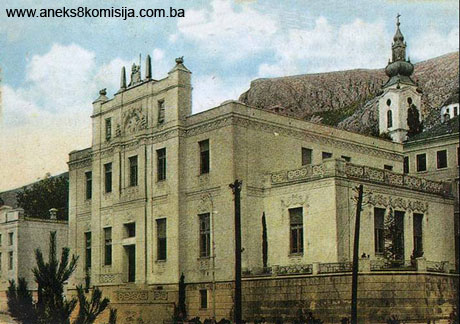
The interior of this building, the episcopal seat of the Serbian Orthodox Church, is very valuable decorated. Details on the facade, including niches with statues of saints, shell-shaped structures and urns, make it a highly original monument in the local context. It is worth putting this building on the list of Mostar attractions.
The Catholic Church and the Franciscan Monastery

In Mostar, the Ottomans helped build a Catholic church in 1866. Unfortunately, like many buildings in my homeland, it was destroyed during the war, but the authorities rebuilt it. Now there is an even larger new church on the same site.
This place has a library with an incredible 50,000 ancient writings, making it the largest in all of Herzegovina. And in the monastery building there are many important paintings by Italian masters from the 15th and 16th centuries, as well as some more recent exhibitions.
St. Mary's Cathedral
I recently visited this cathedral and they have just installed two more stained glass windows depicting the evangelists Luke and Mark. It is incredible how these windows dominate the space, just as they were intended from the beginning.
In the sanctuary you can see stained glass windows of all four evangelists spread out below the roof-shaped skylights, which are shaped like crosses. Originally the theme was the creation of the world, but now they focus on the story of redemption through the New Testament. It really is a very special sight.
I would like to mention that the feast of Mary, Mother of the Church, is celebrated there. This feast has its origins and roots in the sessions of the Second Vatican Council. The feast of Mary, Mother of the Church, is celebrated on Pentecost Monday. This feast invites us to reflect on four aspects of Mary's role in the Church:
- Mary's willingness and total surrender to the will of God when the angel announced to her that she would conceive and give birth to a son.
- Christ's words on the cross when he entrusted his mother to John and John to his mother, thus giving Mary to us as our mother.
- Mary's humble but enduring role in the early Christian community, where she was with others, awaiting the descent of the Holy Spirit, and becoming the spiritual mother of the apostles and of all who gathered in prayer and the breaking of bread, thus becoming the Mother of the Church.
- Mary's Assumption into Heaven as a sign not only of her glorification, but also as a foretaste of the glorification of all believers who strive for their eternal home in heaven.
If you want to know more about this festival and this cathedral, be sure to visit their Website.
The Cathedral Church in Mostar
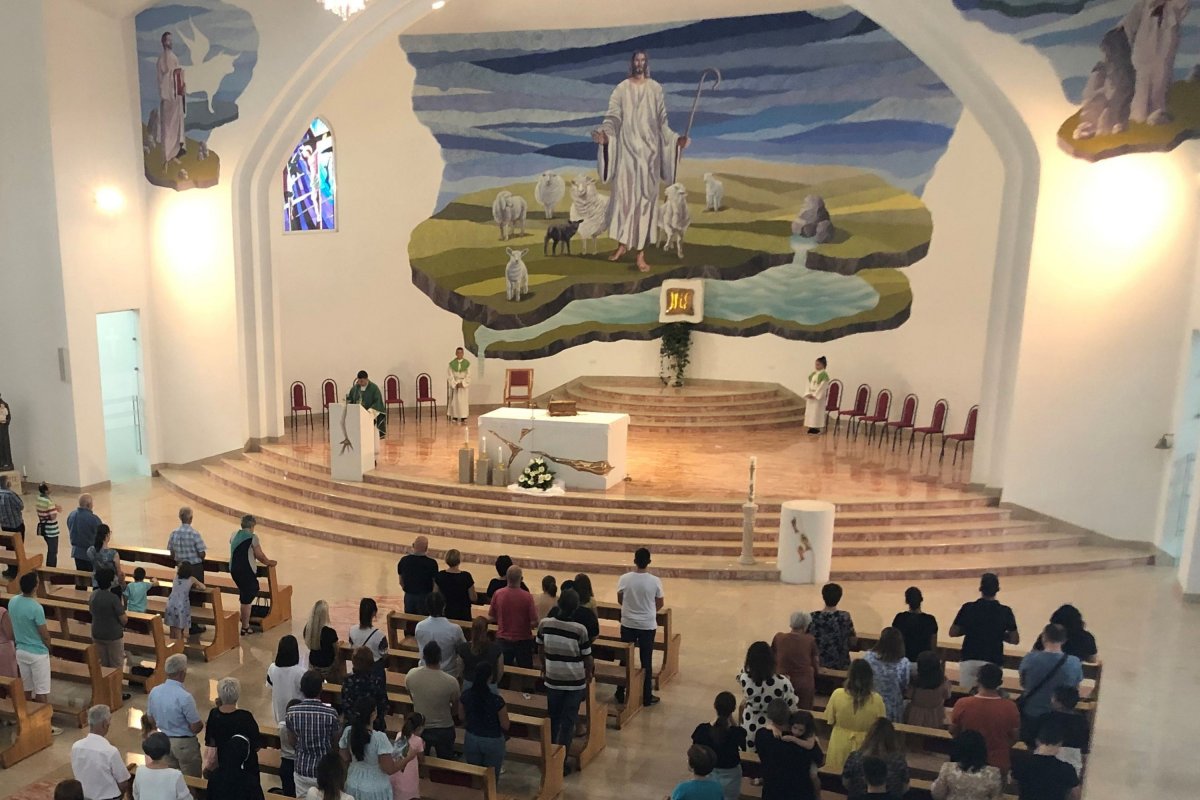
Mostar has this really beautiful Orthodox church, the Cathedral Church of the Holy Trinity, but it has been under renovation for ages and is still not finished.
The history goes back to the late 1800s, around 1863. That was when the church in Mostar for the Serbian Orthodox Church began to be built with the help of Sultan Abdul Aziz.
Many people from Mostar also helped, either with money or by lending a hand themselves.
Public Turkish Bath

In the Ottoman days, people often used public baths (hammams). The Turkish bath near the Tabacica and Tabhana mosques, where they processed leather, was built in the late 16th and early 17th centuries in the classical Ottoman style. It is the only old Turkish bath that has been preserved in Mostar and one of the few left in Herzegovina.
Inside, there is a main room with a small entrance, a middle area (tepidarium) and a hot bathing area called calidarium. These places were intended for public use and not to show off wealth, which means there are no decorations.
Other sights in Mostar
Fortica
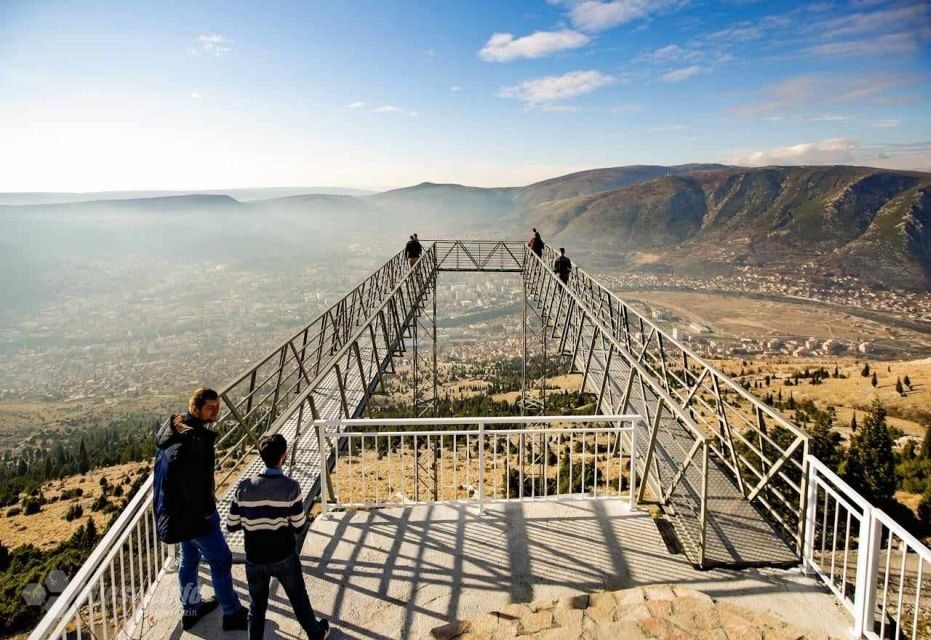
Fortica Sports and Adventure Park is located on Fortica Hill, east of Mostar, at an altitude of about 500 meters.
The highlight is a fantastic 570-meter zipline that offers breathtaking views of Mostar.
The zipline starts right in front of the mountain hut and viewpoint, where you will see the national flag of Bosnia and Herzegovina. The ride ends at the steep rocks of the “Stolac” climbing area, which has 13 climbing routes. There is also a smaller, 20-meter-long zipline for kids, which is great if you have small children with you.
The park is also a fantastic place for mountain biking. There are several trails that even host competitions. When I was there, I saw riders of all levels having a great time. Also, Velež mountain is very close by with over 200 km of mapped forest roads perfect for cycling. It's a great area if you enjoy exploring trails and getting around on two wheels.
Recently they added a glass skywalk which offers a great view of Mostar and the opportunity to take beautiful photos. Among the many sights of Mostar, this is one for adventure lovers and it is worth visiting even if you just want to have a cup of coffee in a small cafe up there.
Spanish Square

King Juan Carlos I of Spain and the Mayor of Mostar, Ljubo Bešlić, unveiled a commemorative plaque – a stone pedestal – to mark the 20th anniversary of the Spanish forces in Bosnia and Herzegovina. This event also marked the opening of the renovated Spanish Square.
This new square is intended to be “a meeting place and a connection point for all citizens of Mostar, a city once divided by war.”
This monument is dedicated to the fallen Spanish soldiers and will always connect the people of Mostar with the people of Spain and remind us of the selfless sacrifice made by those in the peace mission in Mostar and Bosnia and Herzegovina over the last twenty years.
I included this square in my list of Mostar attractions because of the beautiful park and nature around the square.
